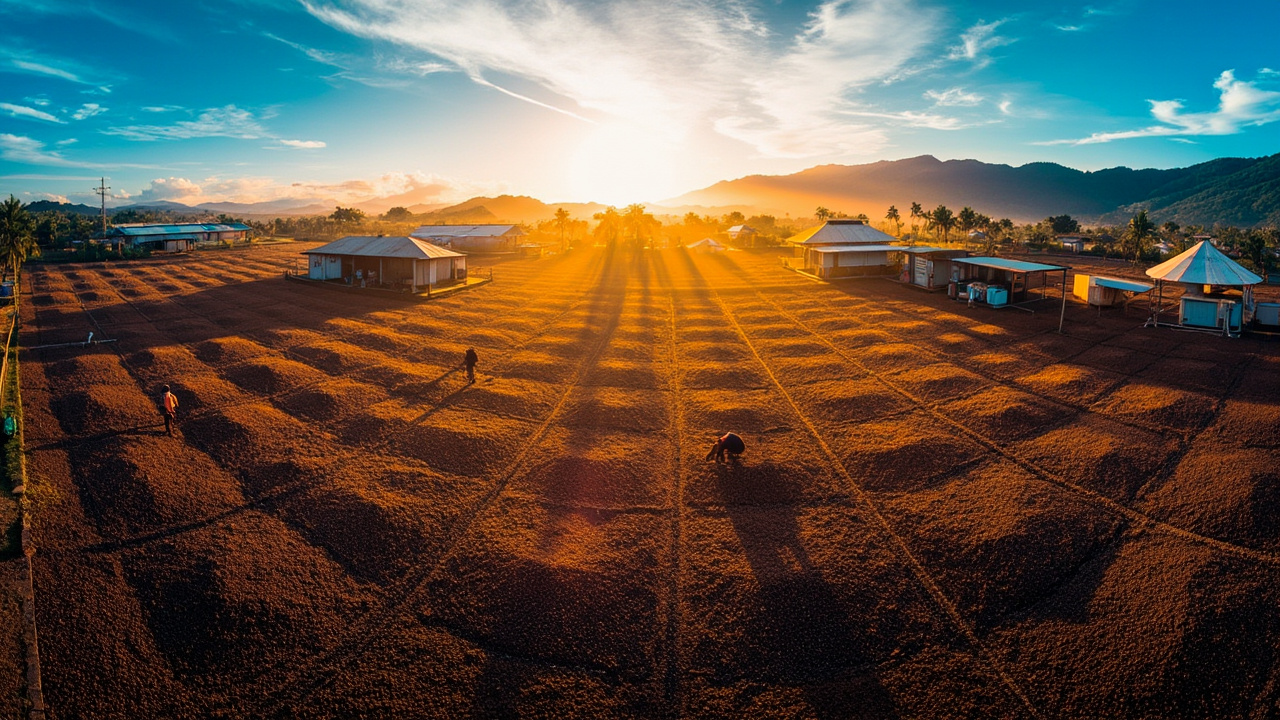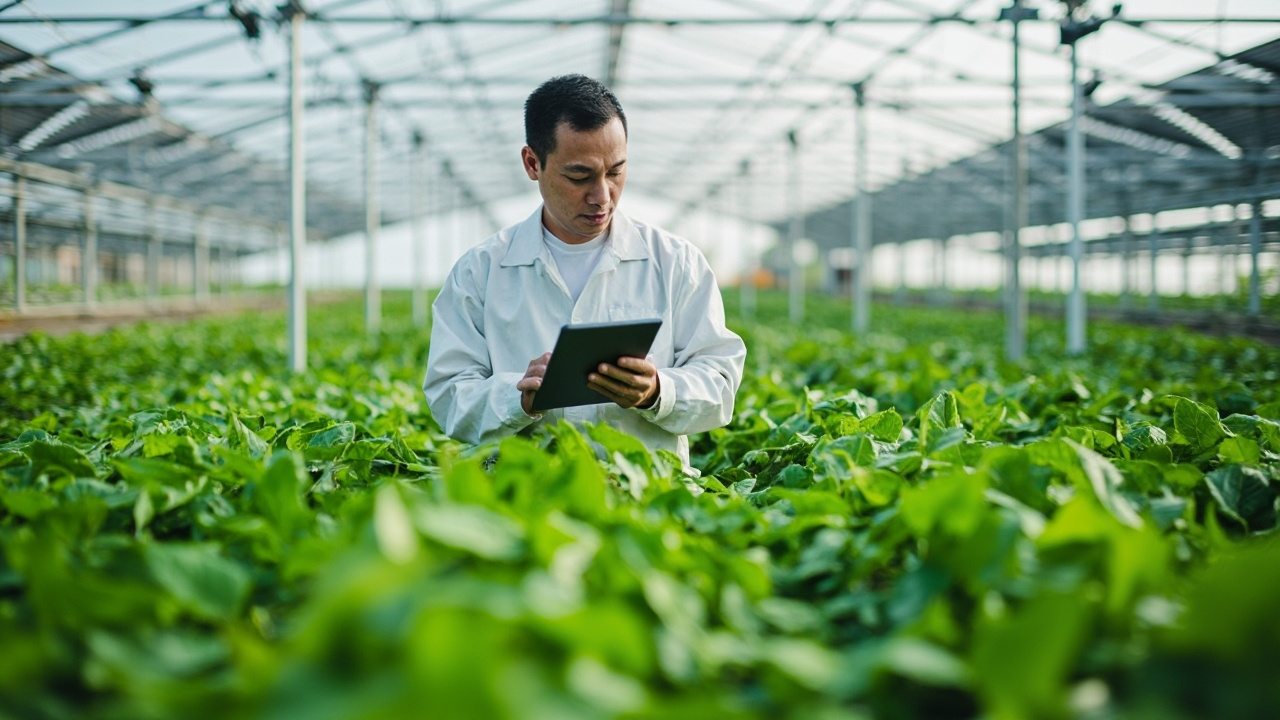Exploring how Vietnamese coffee brands blend heritage and modernity to conquer international markets
Amid misty highlands and centuries-old cultivation traditions, Vietnam’s coffee exporters are rewriting global trade narratives. As the world’s second-largest coffee exporter, the nation achieved a historic $5.48 billion in export revenue in 2024, fueled by robusta bean dominance and pioneering brands like King Coffee. This success story combines volcanic soil terroir with cutting-edge processing techniques, creating distinct flavor profiles that command premium prices from Berlin to Tokyo. Yet behind every aromatic shipment lies strategic innovation – from blockchain-backed supply chains to climate-resilient farming – positioning Vietnamese growers as indispensable partners in the $460 billion global coffee industry. Recent price surges averaging $5,574 per ton in early 2025 confirm Vietnam’s growing influence in shaping worldwide coffee economics.
Volcanic Soil to Global Markets: Vietnam’s Export Ecosystem

Geographic Foundation of Vietnam’s Coffee Success
Vietnam’s remarkable ascent to becoming the world’s second-largest coffee exporter stems directly from its unique geography. The Central Highlands region—particularly Đắk Lắk, Lâm Đồng, and Gia Lai provinces—provides ideal conditions for coffee cultivation. Basaltic soil formed from ancient volcanic activity creates a nutrient-rich foundation that coffee plants thrive in. These highlands sit at elevations between 500-1500 meters with annual rainfall averaging 1800-2000mm and temperatures consistently between 15-24°C—perfect parameters for robusta cultivation.
Processing Infrastructure and Innovation
Vietnam’s processing capabilities have evolved dramatically over the past two decades. Moving beyond traditional sun-drying methods, processors have implemented wet processing facilities that improve bean quality and consistency. Semi-washed and fully-washed processing techniques have been widely adopted, reducing defect rates and elevating cup profiles. The domestic processing sector now handles over 1.7 million tons of cherries annually with increasing mechanization rates approaching 65% in leading provinces.
Supply Chain Integration
Farmer-Exporter Collaboration Models
The Vietnamese coffee export ecosystem functions through sophisticated integration between smallholder farmers and export companies. Approximately 600,000 farming households cultivate coffee on plots averaging 1-2 hectares. TNI Corporation exemplifies successful collaboration by providing technical training and quality control systems to farmer cooperatives while guaranteeing premium payments for beans meeting European market standards.
Port Logistics and Export Infrastructure
Strategic port infrastructure supports Vietnam’s coffee export dominance. Ho Chi Minh City’s Cat Lai Terminal and Hai Phong Port handle most coffee shipments, with specialized coffee storage facilities maintaining temperature and humidity control throughout the logistics chain. Recent investments in the Cai Mep-Thi Vai deep-water port complex have increased direct shipping capabilities to European markets, reducing transit times by 5-7 days compared to previous routes through Singapore.
The Vietnam Coffee-Cocoa Association (VICOFA) coordinates standardization efforts across the supply chain, helping the country maintain its position as a leading global supplier capable of shipping 1.46 million tons annually to over 80 destination markets Vietnam’s manufacturing sector growth illustrates similar supply chain advantages.
The King Coffee Phenomenon: Export Strategies Decoded

Strategic Market Penetration
King Coffee’s remarkable expansion into 60 countries represents a masterclass in Vietnamese export strategy. This achievement stems from a multifaceted approach that balances product diversification with cultural adaptation techniques. Unlike competitors who adopt standardized global offerings, King Coffee meticulously tailors its portfolio to regional preferences while maintaining its Vietnamese heritage authenticity.
Gourmet Blend Development
The company’s R&D department employs a three-tiered approach to product development. First, they analyze regional flavor preferences through extensive market research. Second, they adapt traditional Vietnamese brewing methods to create signature blends resonating with target demographics. Third, they implement rigorous quality control systems ensuring consistency across their expanding global footprint.
The Weasel Coffee Craftsmanship
At the premium end of their portfolio, traditional civet (weasel) coffee represents Vietnamese craftsmanship at its finest. The company has modernized this centuries-old process while preserving its artisanal character. Each batch undergoes 12 distinct verification steps before receiving export certification, maintaining the product’s integrity across diverse markets.
Digital Marketing Adaptation
The brand’s digital strategy employs geo-specific content localization, creating culturally resonant messaging that connects with consumers across continents. Their approach includes:
- Coffee origin storytelling customized to cultural contexts
- Influencer partnerships with local culinary figures
- Virtual brewing experiences adapted to regional consumption habits
Founder’s Sustainability Vision
Founder Lê Hoàng Diệp Thảo has positioned sustainability as a competitive advantage rather than merely a corporate responsibility. Her leadership has established direct-trade relationships with farming communities across Vietnam’s Central Highlands, implementing water conservation techniques and shade-growing practices that improve both bean quality and environmental outcomes. This approach has secured premium positioning in environmentally conscious markets while protecting the company’s supply chain from climate vulnerabilities.
These strategic elements combine to create a flexible yet recognizable global brand presence that has successfully navigated complex international trade environments while strengthening Vietnam’s overall export prowess.
Climate Challenges and the Premiumization Imperative

Environmental Vulnerabilities Reshaping Production
Coffee producers face unprecedented climate pressures. Rising temperatures have expanded pest ranges while unpredictable rainfall patterns disrupt flowering cycles. These challenges threaten both yield and quality, particularly for arabica varieties requiring specific elevation and temperature parameters.
Forward-thinking exporters implement sophisticated irrigation technologies to mitigate these risks. Precision drip systems reduce water consumption by 40% while delivering nutrients directly to root zones. Soil moisture sensors connected to automated controls ensure optimal hydration despite increasingly erratic weather patterns.
Varietal research represents another critical adaptation strategy. Coffee research institutes have developed drought-resistant cultivars maintaining flavor profiles while requiring 30% less water. These climate-resilient varieties help producers maintain quality standards despite changing conditions.
Premium Positioning Through Sustainability
Consumer preferences have shifted dramatically toward environmentally responsible products. In response, exporters have embraced certification programs like Rainforest Alliance and UTZ, with certified sustainable bean exports growing 56% annually.
The premium segment shows even more dramatic growth. Luxury coffee products like golden weasel coffee—commanding prices up to $120 per kilogram—represent high-margin opportunities. These specialty products undergo meticulous processing and quality control to justify premium pricing.
Recent market analysis reveals telling trends: while overall export volumes decreased 12%, total value increased 76%. This premiumization strategy has proven essential for competing against established producers in Brazil and Colombia, whose economies of scale advantage mass production.
Competitive Positioning Strategies
Maintaining competitive advantage requires continuous differentiation. Vietnamese exporters leverage their unique terroir characteristics—particularly from highland regions—to create distinctive flavor profiles unavailable elsewhere.
The most successful exporters integrate vertical operations from farm to export, ensuring quality control throughout the value chain. This approach aligns with Vietnam’s broader manufacturing growth strategy that emphasizes value-added production over pure volume (learn more about Vietnam’s manufacturing growth).
By emphasizing both environmental adaptation and premium positioning, exporters transform climate challenges into competitive advantages in the global marketplace.
Final Words
Vietnam’s coffee export journey transforms regional harvests into global economic influence through strategic innovation. As consumer demand evolves toward premium sustainable products, exporters leverage ancestral knowledge and vertical integration to command record prices. The industry’s 29% year-on-year value growth demonstrates how Vietnam consistently delivers distinctive flavors that captivate international markets. With climate-smart practices and digital supply chain advancements, Vietnamese coffee enterprises stand poised to redefine global trade dynamics while preserving the cultural essence of their craft.
Ready to partner with Vietnam’s leading coffee exporters? Discover verified suppliers and streamline your sourcing process today.
Learn more: https://tradematchvn.com/
About us
TradeMatch Vietnam simplifies international procurement through curated connections with certified Vietnamese coffee producers. Our platform offers end-to-end solutions including quality verification, logistics coordination, and market insights, empowering businesses to capitalize on Vietnam’s coffee export excellence while navigating regulatory requirements and cultural nuances.

No responses yet